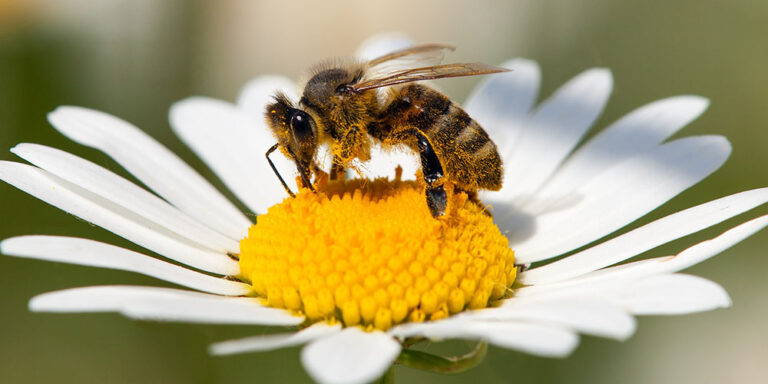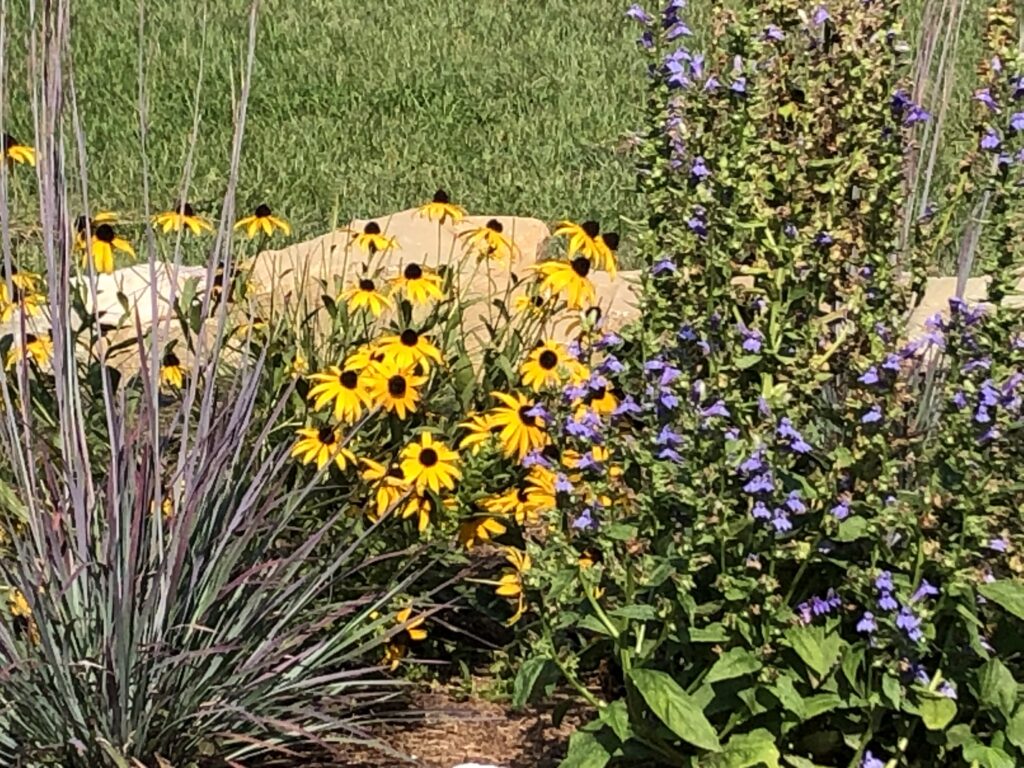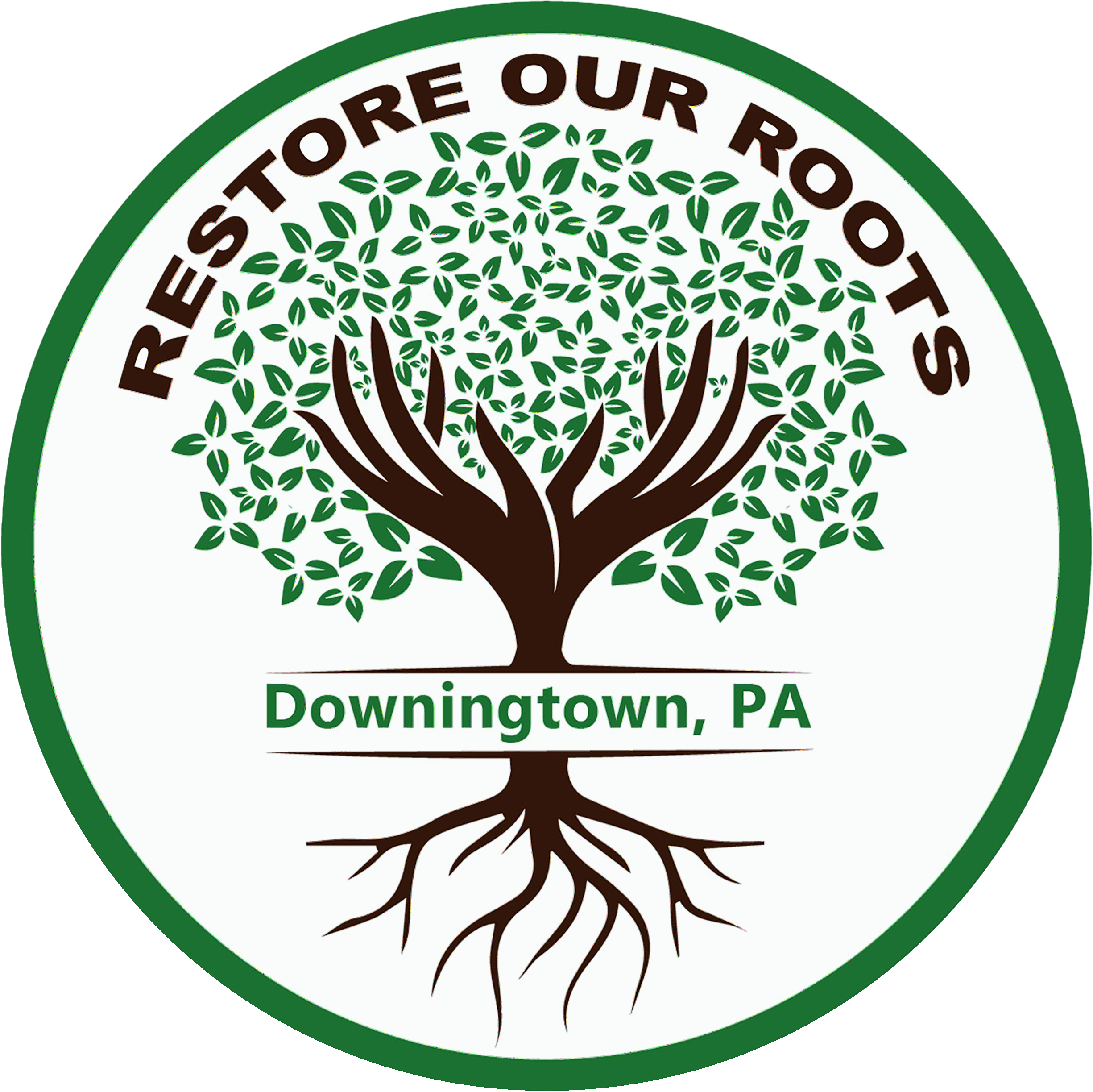
Dr. Doug Tallamy is an entomologist from the University of Delaware and he’s also the co-founder of Homegrown National Park (HGNP) which is a national grass roots movement urging folks like us to create habitat in our yards. He recently spoke at Penn State Great Valley about biodiversity, caterpillars, native host plants, and shrinking our lawns. Yes, it’s a bit ironic that this particular grass roots movement is all about getting rid of the grass. But our forests and habitat have become so fragmented that they’re losing ecological value. With only 5% of all land in the U.S. still considered to be “pristine,” the idea behind HGNP is to urge private landowners to rebuild that lost habitat right in our backyards. Here’s what we learned from Dr. Tallamy.
Bugs aren’t scary. In fact, we need them because they support our food chain. Without insects, most of our flowering plants would go extinct, and in Tallamy’s words, “if we lose our plants we’ll have to eat sunlight, and then we’ll all lose weight.”
Why native plants? We know we need our insects, particularly caterpillars, which Tallamy describes as “fat little sausages that feed the birds,” but most insects are super picky eaters. 90% are plant specialists, which means they can only eat one type of plant. Monarch caterpillars are the most well-known example, able to eat only milkweed plants.
So, if we don’t have native milkweed in our gardens, we won’t have monarch butterflies. And this is true for most of our caterpillars. The zebra swallowtail will only eat pawpaw (Asimina triloba). The showy emerald will only eat sumac (Rhus spp.). These cats have coevolved with their specific plant for millenia, and if their host plant were to suddenly disappear, so would the caterpillars. They wouldn’t be able to evolve fast enough to eat a different type of plant.
Essentially, there are 3 kinds of plants:
Those that contribute energy to the ecosystem (think native host plants, like oak trees and milkweed).
Those that don’t contribute energy (non-native ornamentals; they’re not invasive but they don’t feed caterpillars).
Those that remove energy (think invasives, like Callery pear and butterfly bush).
In the past, we’ve asked our gardens to serve one purpose – to be pretty, but now the folks at HGNP would like us to ask our gardens to contribute energy to the ecosystem while still being pretty.
4 Keys to Success
Shrink our lawns. Nationwide, we have more than 40 million acres of lawn (which is bigger than the size of New England). And, that’s 40 million acres that don’t contribute energy to the ecosystem. Plus, turfgrass is pretty terrible at sequestering carbon. If we each get rid of ½ of our lawns, we’d create a 20 million acre Homegrown National Park – bigger than Yosemite + Yellowstone + Acadia + Shenandoah + all of our national parks combined.
Plant keystone natives. 14% of our plants feed 90% of our insects. Without them our food web collapses. Oak trees (Quercus spp.) are the #1 keystone species in the Mid-Atlantic, acting as the host plant for 557 different species. You can find a list of keystone trees as well as a list of keystone perennials on the National Wildlife Federation website. For our zip code 19335, the top 3 trees are oak (Quercus spp.), plum/cherry (Prunus spp.), and willow (Salix spp.). The top 3 perennials are goldenrod (Solidago spp.), strawberry (Fragaria spp.), and sunflowers (Helianthus spp.).
Turn off the lights. Light pollution is a major source of insect decline. Simple solutions include installing motion detectors and replacing white bulbs with yellow bulbs.
Landscape in a way that supports caterpillars.
Nix the pesticides and fertilizers.
No mosquito sprays. They kill every bug, not just mosquitos, and they aren’t all that effective at killing mosquitos anyway. Using a mosquito dunk to target the larva is much safer and far more effective.
Stop mowing under trees. When caterpillars are done munching on the leaves, many of them will drop down to the ground and burrow under leaves or into the soil to complete their life cycle. Mowing under trees compacts the soil so our little critters can’t dig their way in, and we end up mowing down the cats we were trying to save. Instead, plant a “soft landings” area under your trees – a layered landscape of understory shrubs and native perennials, giving the caterpillars a safe haven. Fireflies will thank you for it, too.
Even 1 native plant in 1 container on a balcony helps! Our native plants clean our water, provide oxygen, capture carbon, build topsoil, help prevent flooding, dampen severe weather events, and they convert sunlight to food. If you have at least one native plant in your garden, you can get on the biodiversity map. Visit Homegrown National Park to enter your plantings (it’s free!) and this data will help the folks at HGNP understand how many acres we’re converting back to habitat.
Happy Planting!



when planning is there any distinction between native and indigenous plants? Seems to be a debate by some that they mean different things. Others say they are interchangeable terms. What do botanist say.